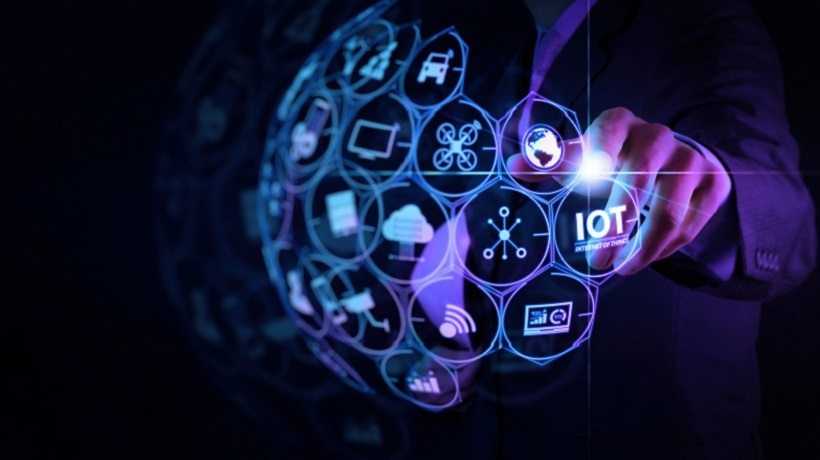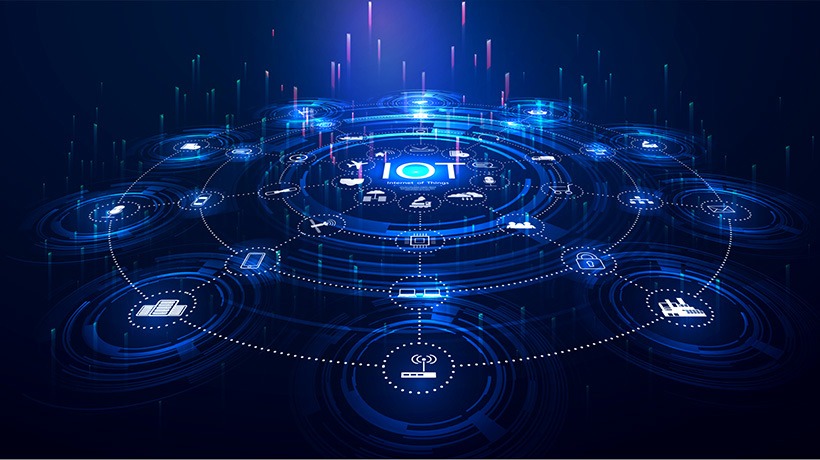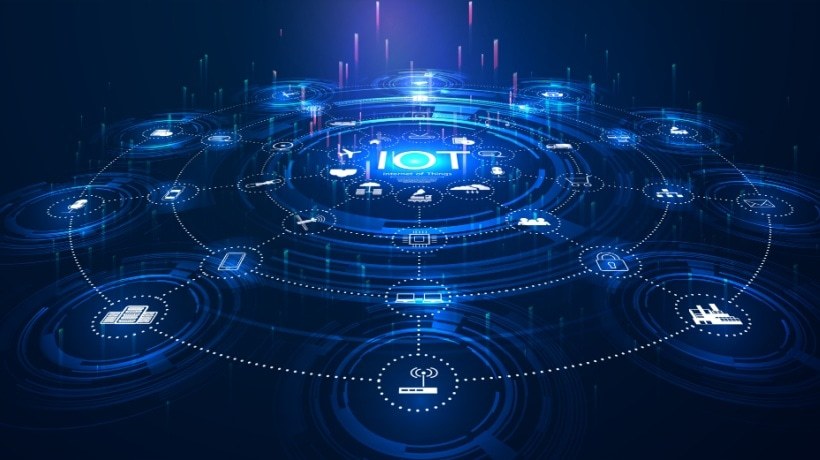Transforming The Education Sector By Applying Internet of Things Solutions
After getting the access to the internet, the thriving education sector is now looking forward to integrating the whole ecosystem of connected devices into it. Yes, IoT (Internet of Things) is all set to bring disruptive changes in the domains of eLearning. Students, instructors, and administrators can leverage the benefits of this futuristic technology to make the education process more interesting and interactive.
Also, IoT application development services can unleash the potential of IoT while offering a personalized experience to the students. The scope of this article is to show top applications of the Internet of Things solutions. These applications are capable of transforming the education sector from a result-oriented to a knowledge-driven entity.
3 Benefits Of Internet of Things Solutions For The Education Domain
Before looking at them, let us go through 3 major benefits of IoT for the education domain:
1. Enhanced Efficiency
It is necessary to develop skills in the young minds to make them ready for the future. Abilities like critical thinking, language proficiency, and self-direction can be developed greatly using the IoT. The study of Houghton Mifflin Harcourt Team revealed that students who use tablets to learn Maths can increase their score by 20%. By providing interactive experience at the individual level, the customized IoT app can greatly enhance the student’s efficiency.
The IoT technology also penetrates along with wearables in the smart classroom. It can make learning more interesting and improve the productivity of both students and instructors.
2. Student-Focused Approach
The education process needs both attention and interest from the student community. The IoT technology enables education organizations to adopt the student-centered approach. It is possible to get information about the distracted thoughts of students thanks to wearables and IoT combination. This helps mentors maintain their students' focus. All the sensor-enabled devices measure the student’s vital parameters and, on that basis, day schools can design and improve their nutrition programs.
The institutions can also work on reducing stress and develop a student-oriented approach that can contribute to their all-round development.
3. Improved Security
These days, security remains a bigger concern for the education facilities irrespective of their size and location. Merely hiring a security guard is not enough. Visitor management plays a significant role in ensuring the security of schools and educational institutes. Technological advancements can be readily integrated into the connected devices to enhance visitor management. Badge recognition software, biometrics system, and other customized IoT-based applications can help visitor management improve safety.
Also, with the advent of cloud-based systems, there is no need of spending much on data center management.
6 Applications Of Internet of Things Solutions For The Education Domain
Let’s discuss 6 IoT applications for the education sector:
1. Strong Networking
IoT facilitates the global networking between students, mentors, educators, and parents through connected devices. As poster boards convert into ‘intelligent’ IoT-enabled boards, and digital highlighters have arrived, students can easily interact with peers and instructors while sitting in the comfort of their home or classroom. It is also possible to improve the learning process using the interactive boards and virtual posters that enable users to receive, share, and acknowledge the information with ease.
Another benefit of IoT technology is that it can give a broader outlook to any concept while facilitating students to analyze and come up with their creative solutions.
2. 'Anywhere' Learning
IoT and technological advancements have enabled students to access assignments and additional resources, along with digital textbooks. These days, school textbooks contain QR codes to simplify their downloads on smart devices. It offers the facility of anywhere and anytime learning. IoT also allows a 24/7 communication between the students and their mentors. Safety and privacy protection are two other characteristics of IoT-based learning.
Another benefit of 'anywhere' learning is that students can get rid of stress and any type of congestion.
3. Attendance Monitoring
IoT can make both data collection and analysis easy. With an advanced attendance gadget, there is no need for manual attendance. Teachers can add the records necessary, and school officers send an email to parents regarding the student’s presence. Also, connected devices easily detect the student’s presence and send the information directly to the central office. Apart from attendance monitoring, the data collection and analysis capability of IoT is useful for testing the student’s physical and mental condition, nutritional requirements, etc.
In a way, IoT technology can serve all the objectives regarding the student’s attendance and health.
4. Interactive Devices
One of the most effective techniques to make the learning process interesting is a collaboration between students and teachers. Interactive devices promote collaboration and communication. Even in a group project, students can readily share valuable data and collaborate in a better way. Smartboards and smart devices make the learning process simple, effective, and interactive. We can say goodbye to chalkboards and embrace the smart boards that enable lecturers to explain everything in an interactive way using displays and films.
These interactive devices also allow instructors and students to share and edit videos and other interactive content.
5. Efficient Management
Managing daily activities at school and colleges is a monotonous task. The Internet of Things solutions can streamline the day-to-day operations and automate tasks. It saves a lot of time and efforts for the management and teachers. As a result, teachers can focus more on teaching, and the management team can concentrate on other productive tasks. For example, RFID technology is used to track resources like lab equipment, projectors, etc. It saves time and enables the management to get rid of hiring people in order to take care of resources. Also, educational organizations can get assistance from an IoT application development company so as to reduce energy costs.
6. Higher Campus Safety
Digital IDs and wristbands can be used to give access to visitors, employees, and students. Parents can track the location of their children in and out of campus. Even school buses are equipped with GPS tracking to inform both the school management and parents about the whereabouts of students. Training areas, classrooms, and other locations can be made safe using emergency indicators, wi-fi clocks, and other connected devices. What’s more, IoT can strengthen the communication system, which can be useful in the case of an emergency. In a way, IoT ensures the campus safety.
The Internet of Things concept can also be used to educate differently-abled students. Though IoT has started gaining ground in the education sector, financing, compatibility and security-related issues still need proper attention. Also, the technology is in a nascent stage, and there is a room of evolution.
Here, we have mentioned some noteworthy IoT applications. Though we are yet to explore the scope of IoT to its fullest, it is fair to say that it will bring drastic changes in the education. All we need is to make the infrastructure ready and ensure uninterrupted internet access.









